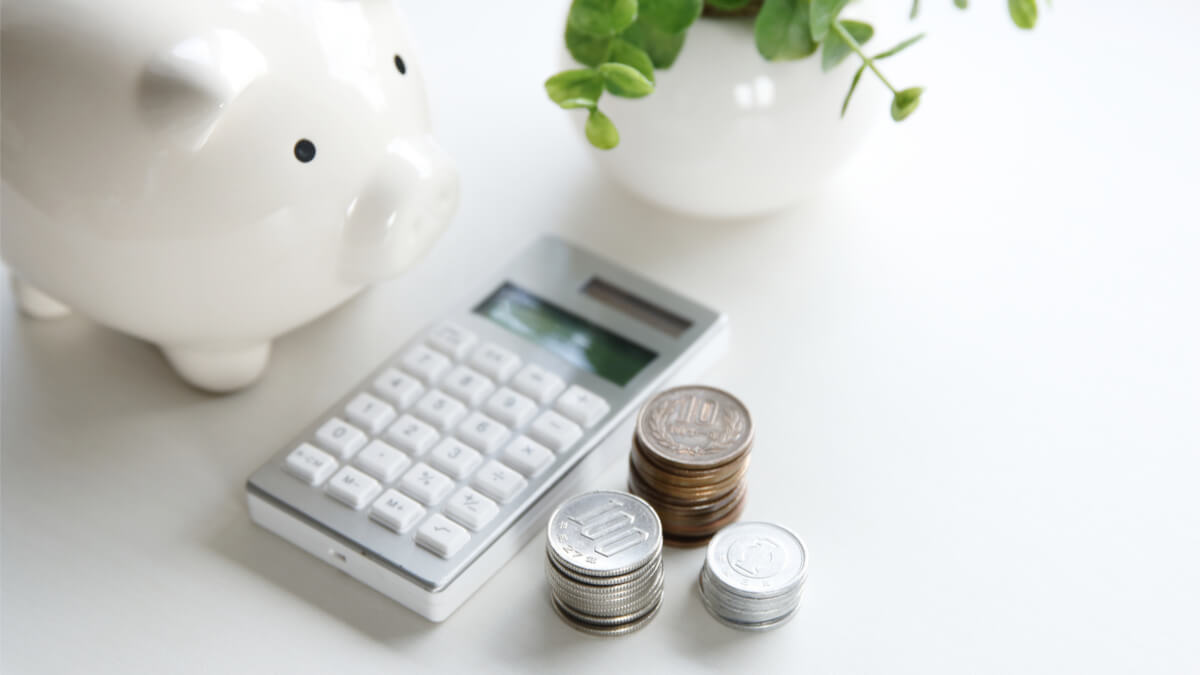APR vs APY: what's the difference?
Understand the key differences between APR and APY, and how they affect your savings accounts, CDs, and even crypto investments.

Electronic money, or e-money, is a simple way to send, spend, and receive payments online. As we start to move away from cash or checks, e-money transfers are fast becoming a popular modern choice.
Wise is a convenient digital option to send and receive e-money across the globe, including easy online transfers via the handy Wise app.
Read a full guide to electronic money, including everything you need to know about e-money transfers, e-money orders, and digital currency.
Electronic money is money that exists in online banking systems and it’s an increasingly popular alternative to physical currency.
Chances are, you’ll use e-money every day — to pay for your rent, your groceries, or online purchases.
Whenever you make a payment online through your bank or a payment system like Wise, you’re using electronic money to complete the transaction.
You can use your online bank account to send e-money to accounts across the world.
E-money is backed up by a central banking system — and it can be exchanged for fiat currency, such as dollars.
The US Federal Reserve and its 12 supporting banks back all e-money transfers, controlling the money supply and providing an easy online alternative to cash or checks¹.
Transfer small or large amounts online with Wise — and learn how to manage your money like a pro.
Wise tells you exactly how much each and every transaction will cost — and you’ll only ever pay the mid-market exchange rate on any e-money transfers abroad.
No markups, no fees, no stress!
You can spend money worldwide with the handy Wise card, available to order online in just 5 minutes.
Get full peace of mind with real-time alerts every time you spend your money — and enjoy stress-free speedy transactions across the globe.
| Use your Wise Account to: |
|---|
|
… all at the touch of a button!
Get started in
just a few clicks
Please see Terms of Use for your region or visit Wise Fees & Pricing for the most up to date pricing and fee information
Transaction speed claimed depends on individual circumstances and may not be available for all transactions
There are a few different electronic money examples, available through your bank or an online money transfer provider.
Hard electronic currency means you can’t get your money back, like when you transfer your money to another bank account. This type of e-money transfer doesn’t usually incur a fee as it requires minimal paperwork, but it isn’t reversible.
Soft electronic currency transfers are reversible within a certain period, typically up to 72 hours. This includes transactions on credit cards or transfers with some money providers like PayPal®. However, you may be charged a fee for these e-money payments².
You may be wondering how to send money electronically. An electronic money transfer, or electronic funds transfer (EFT), is one of the most common ways to move money between bank accounts.
You can use an electronic money transfer to send, spend, and receive e-money across the world.
| There are a few different kinds of EFT payments, including: |
|---|
|
You can complete an electronic money transfer through your bank or you can use an online provider, such as Wise, PayPal, Square®, or Western Union®.
E-money transfers are very safe. Unlike decentralized payment networks, such as cryptocurrency, e-money payments are centralized and include an intermediary, such as Wise or banking systems.
This means e-money transfers follow regimented security standards to protect you from issues such as fraud or identity theft.
An electronic money order is an instruction to send money from your bank account to another account, typically to pay for something big like rent or social security.
Similar to a pre-paid check, you can use an electronic money order to make a payment without worrying about sending cash in the mail.
It’s easy to place an electronic money order. You can buy an e-money order from your bank or local post office — or you can use an online platform to initiate your order.
Simply provide the teller with all the transfer details — such as your recipient and the amount you want to send. You also need to provide your ID to complete the transaction.
You can choose how your recipient will receive their money — but this will typically be a direct bank transfer.
You might have a few questions about e-money, such as what type of money is transferred electronically and more information about the e-money system.
We’ve put together a few FAQs about spending and sending electronic money.
There are many advantages of using electronic money, as opposed to checks or cash. E-money payments are flexible and convenient, letting you send instant money to bank accounts for small or large payments.
If you use electronic money, you’ll also have a digital record of any money you’ve spent — helping you keep track of budgets, spending, and any fraudulent activity in your account.
E-money accounts are also very simple to open — and you can easily access multi-currency options if you need to send your money overseas.
There are some disadvantages to using electronic money, as opposed to more traditional payment methods.
If you’re transferring money from one account to another, some users may experience fraudulent transactions. So make sure to only send money to people and businesses you trust.
Although e-money is very safe, hacking is always a risk — and it’s important to stay vigilant.
Unlike digital currencies and cryptocurrencies, electronic money can be exchanged for fiat currency, aka the one you use on your day to day expenses. Be it in cash or using a credit or debit card.
The fact that e-money is used through electronic processing, also makes it a safe alternative for everyday transactions.
Using electronic money is a fast and simple way to make payments in the US and across the globe.
Although there are some drawbacks, e-money is a convenient and secure option to send and spend your money without relying on physical currency.
To find out more about your global spending options, check out Wise.
Sources:
Sources checked on 05.23.2023
*Please see terms of use and product availability for your region or visit Wise fees and pricing for the most up to date pricing and fee information.
This publication is provided for general information purposes and does not constitute legal, tax or other professional advice from Wise Payments Limited or its subsidiaries and its affiliates, and it is not intended as a substitute for obtaining advice from a financial advisor or any other professional.
We make no representations, warranties or guarantees, whether expressed or implied, that the content in the publication is accurate, complete or up to date.

Understand the key differences between APR and APY, and how they affect your savings accounts, CDs, and even crypto investments.

Discover what FDIC insurance is, its limits, and the types of accounts it covers. Learn if your money is safe in banks, credit unions, and with CDs.

Grasp the meaning of APY in banking and CDs with our in-depth guide. Discover how APY impacts your financial choices and maximizes your savings.

Wise is an online account that lets you spend abroad with your Wise card. To protect your account, we follow a set of rules set by regulatory agencies in...

You may have heard of ACH payment, but what is ACH? Find out what ACH stands for, what it can be used for, and the pros and cons of ACH transfer.

Your full guide to finding the ACH routing number for your bank